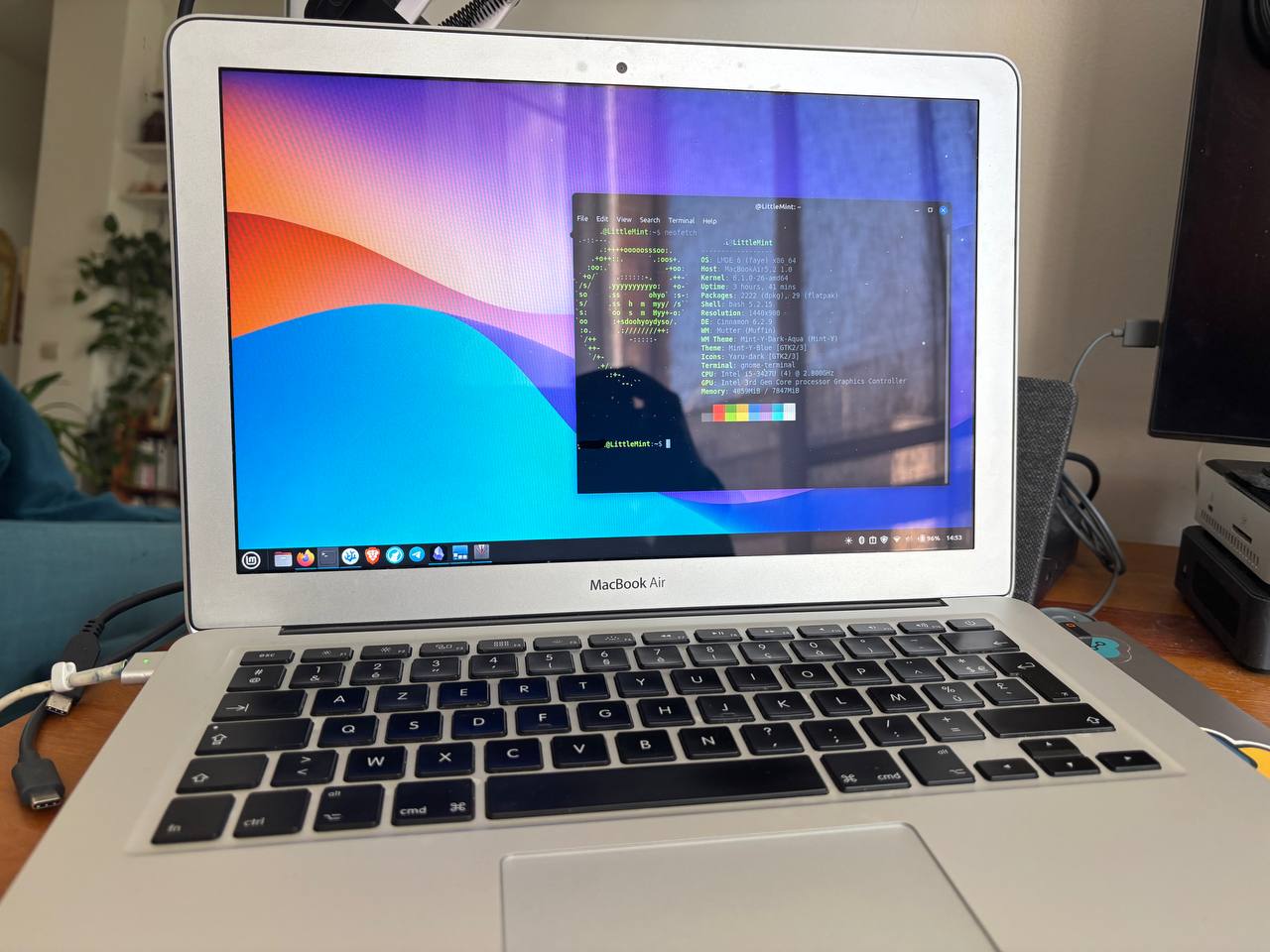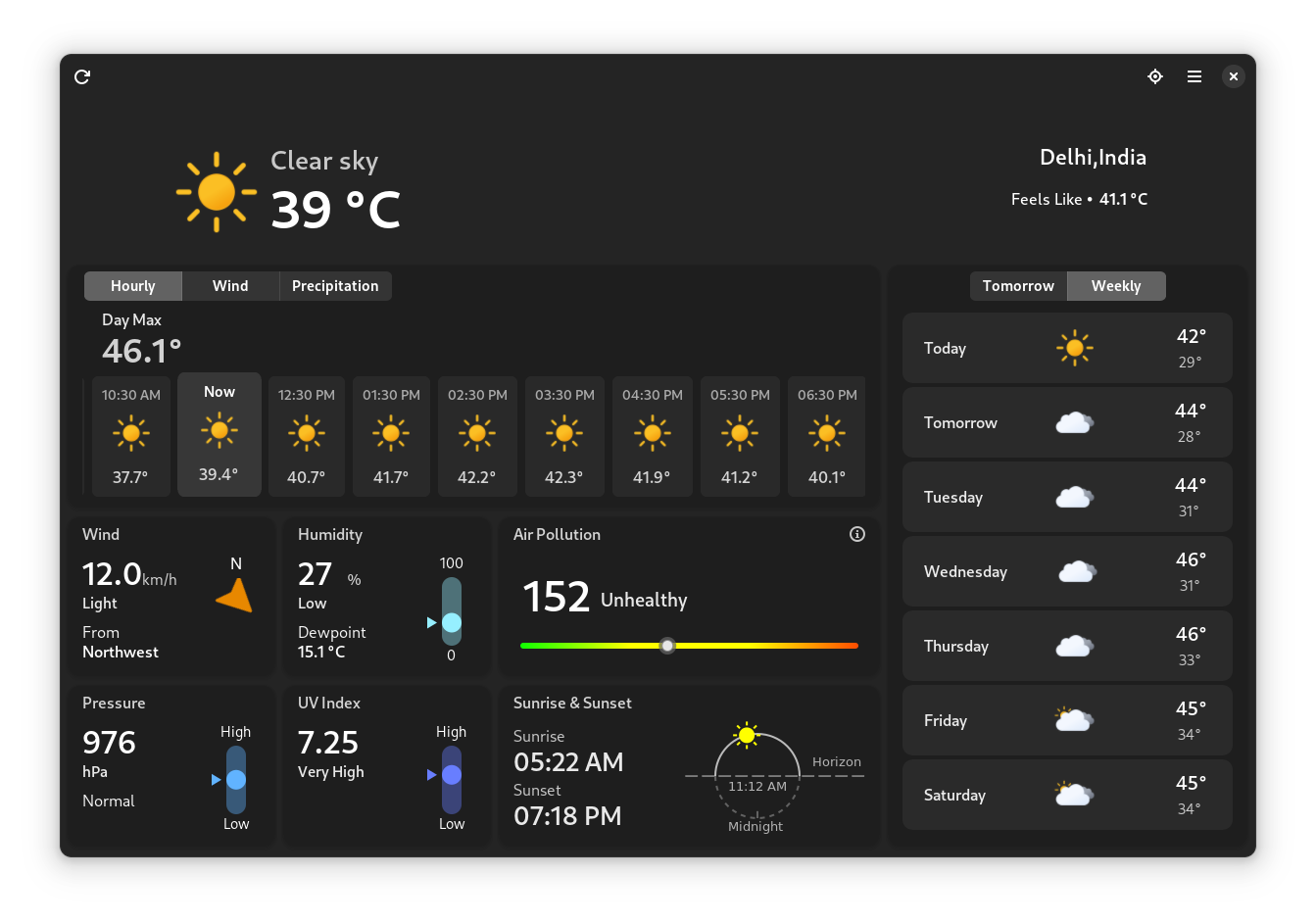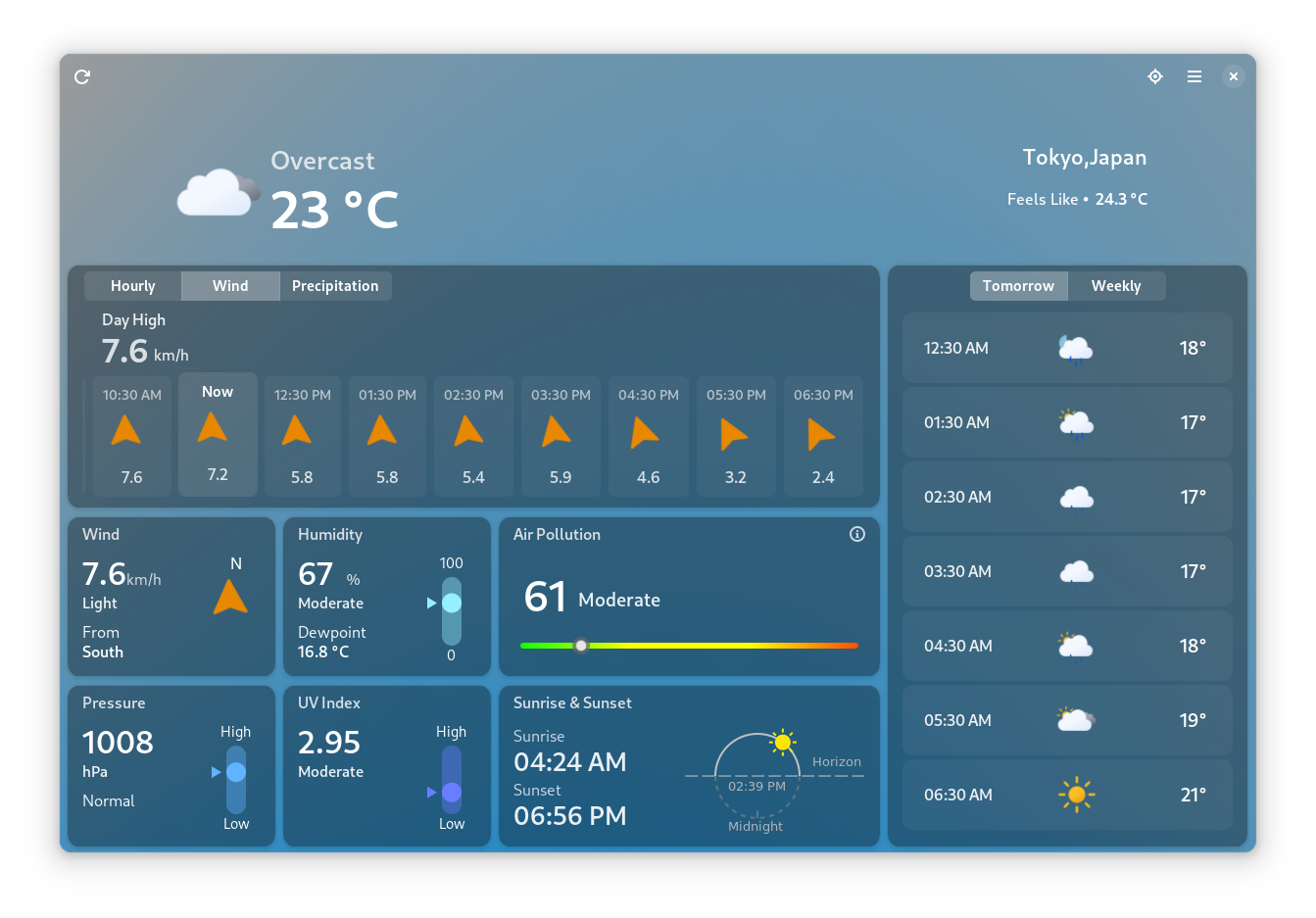Linux
48328 readers
632 users here now
From Wikipedia, the free encyclopedia
Linux is a family of open source Unix-like operating systems based on the Linux kernel, an operating system kernel first released on September 17, 1991 by Linus Torvalds. Linux is typically packaged in a Linux distribution (or distro for short).
Distributions include the Linux kernel and supporting system software and libraries, many of which are provided by the GNU Project. Many Linux distributions use the word "Linux" in their name, but the Free Software Foundation uses the name GNU/Linux to emphasize the importance of GNU software, causing some controversy.
Rules
- Posts must be relevant to operating systems running the Linux kernel. GNU/Linux or otherwise.
- No misinformation
- No NSFW content
- No hate speech, bigotry, etc
Related Communities
Community icon by Alpár-Etele Méder, licensed under CC BY 3.0
founded 5 years ago
MODERATORS
176
177
178
111
Valve Engineer Fixes Massive Performance Issue For RADV Driver With AMD FSR2 - Phoronix
(www.phoronix.com)
179
180
181
182
183
184
185
186
187
729
Linus Torvalds Lands A 2.6% Performance Improvement With Minor Linux Kernel Patch
(www.phoronix.com)
188
189
190
191
192
53
OpenPaX Announced As "Open-Source Alternative To GrSecurity" With Free Kernel Patch
(www.phoronix.com)
193
194
195
76
196
197
55
198
199
200



